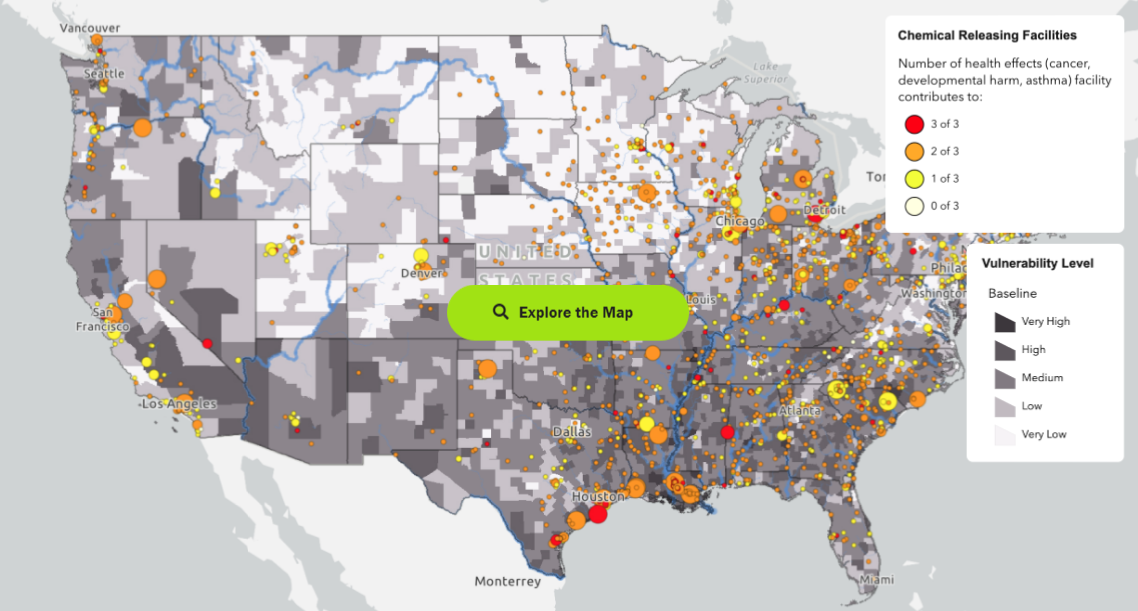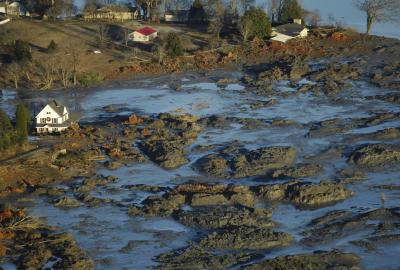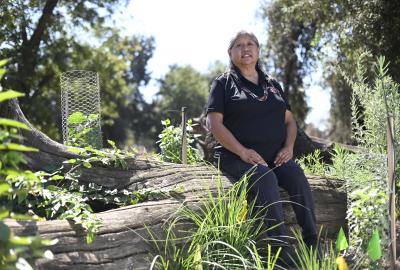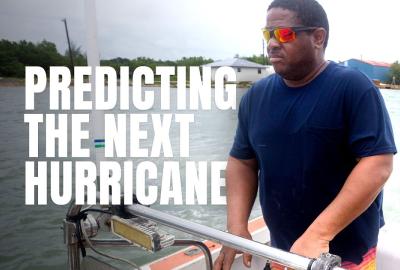Is your neighborhood a toxic chemical hot spot? This new map can tell you.
When you think about ways to stay healthy — eating right probably makes the list. Exercising and getting enough sleep are important too.
But what about checking to see if any toxic chemicals are being emitted near your home?
Last month, Environmental Defense Fund released its Chemical Exposure Action Map, a new interactive tool anyone can use to find out where nearly two dozen toxic chemicals are being released into U.S. neighborhoods, along with the names and addresses of the facilities emitting them.
“The map is meant to help communities advocate for their health and well-being,” says Maria Doa, EDF’s senior director of chemicals policy.

Every day, chemicals are used and discarded by everyone from your local dry cleaner to giant manufacturing facilities. The largest chemical polluters typically manufacture chemicals or metal, generate electric power from fossil fuels or treat hazardous waste.
Why hasn’t the EPA put a stop to this pollution? In short, the law that gave the agency the power to protect the public from toxic chemicals was flawed from the start, making it incredibly weak. Known as the Toxic Substance Control Act (TSCA), it grandfathered in thousands of chemicals already on the market, shielding them from assessment. It wasn’t until 2016, when Congress overhauled TSCA, that the EPA gained a strong mechanism for regulating toxic chemicals to protect people’s health.
“This map highlights the first substances poised to undergo regulation under a better version of the Toxic Substances Control Act,” says Paige Varner, a scientist at EDF.
The map includes information on the size of chemical releases as well as the potential health impacts, and focuses specifically on chemicals that are harmful to pregnant women, a child’s development and those linked to asthma and cancer.
Multiple exposures add up
Critically, the map highlights potential health risks by looking at what happens when multiple chemicals are released together in any one area. That means it takes into consideration that some chemicals cause the same health issues — cancer, for example — so, when released together, it compounds the risk to the community.
Surprisingly, that’s not how the EPA looks at it. Traditionally, the agency has evaluated the health risks of chemicals one by one, as if people are exposed to each one individually, with very few exceptions.
Doa, a former leader at the EPA herself, says that methodology is flawed.
“No one is exposed to just one chemical at a time,” Doa says. “Throughout the day, you encounter many different chemicals simultaneously, some of which have the same health risks.”
A better way to regulate chemicals, she says, is to look at the total risk to an area by tracking which chemicals are emitted from various facilities simultaneously and then calculating what that cumulative exposure does to an individual’s overall health risk.
A mother's love drives action on toxic chemical
After her 13-year-old daughter, Emma Grace, died from a rare brain tumor, Kari Rhinehart became a vocal advocate for a ban on trichloroethylene (TCE) — a carcinogen that contaminated the groundwater in Franklin, Indiana, where Rhinehart used to live. (TCE is one of the chemicals you can track on Environmental Defense Fund’s Chemical Exposure Action Map.)
Rhinehart believes that exposure to chemicals, including TCE, led to her daughter’s cancer, as well as the higher-than-average rate of pediatric cancer in Franklin. TCE is also toxic to the nervous system, kidneys, liver, immune system and to developing fetuses. Thanks, in part, to Rhinehart and other advocates who testified about the health harms, the Environmental Protection Agency has now moved to ban TCE.
Photo courtesy of Katie Plummer

What can you do about toxic chemicals near you?
“What sets this map apart is that it encourages users to write directly to the EPA through a customizable letter that incorporates the chemical data from your local area,” Doa says.

She says that every letter helps to apply pressure on the EPA to change the way the agency measures the risk of these highly toxic chemicals. “The letter-writing tool on the map is meant to highlight the real-world risks and spur a sense of urgency at the EPA,” Doa adds.
By providing congressional district information, the map also equips users with data that can be taken to local officials, galvanizing grassroots efforts against toxic chemicals. “Local officials can help community members pressure EPA to move toward this better way of assessment,” Varner says.
- EPA's new tailpipe rules will deliver cleaner air, tackle climate change
- Supreme Court takes on bombshell case
“The bottom line is that we need the EPA to take a more holistic look at the risks communities face from chemicals that cause similar harms," Doa says. “This map is a step toward better-informed chemical regulation, and another way to promote environmental justice in communities that are already overburdened by the health issues like asthma and cancer caused by chemical exposure.”


